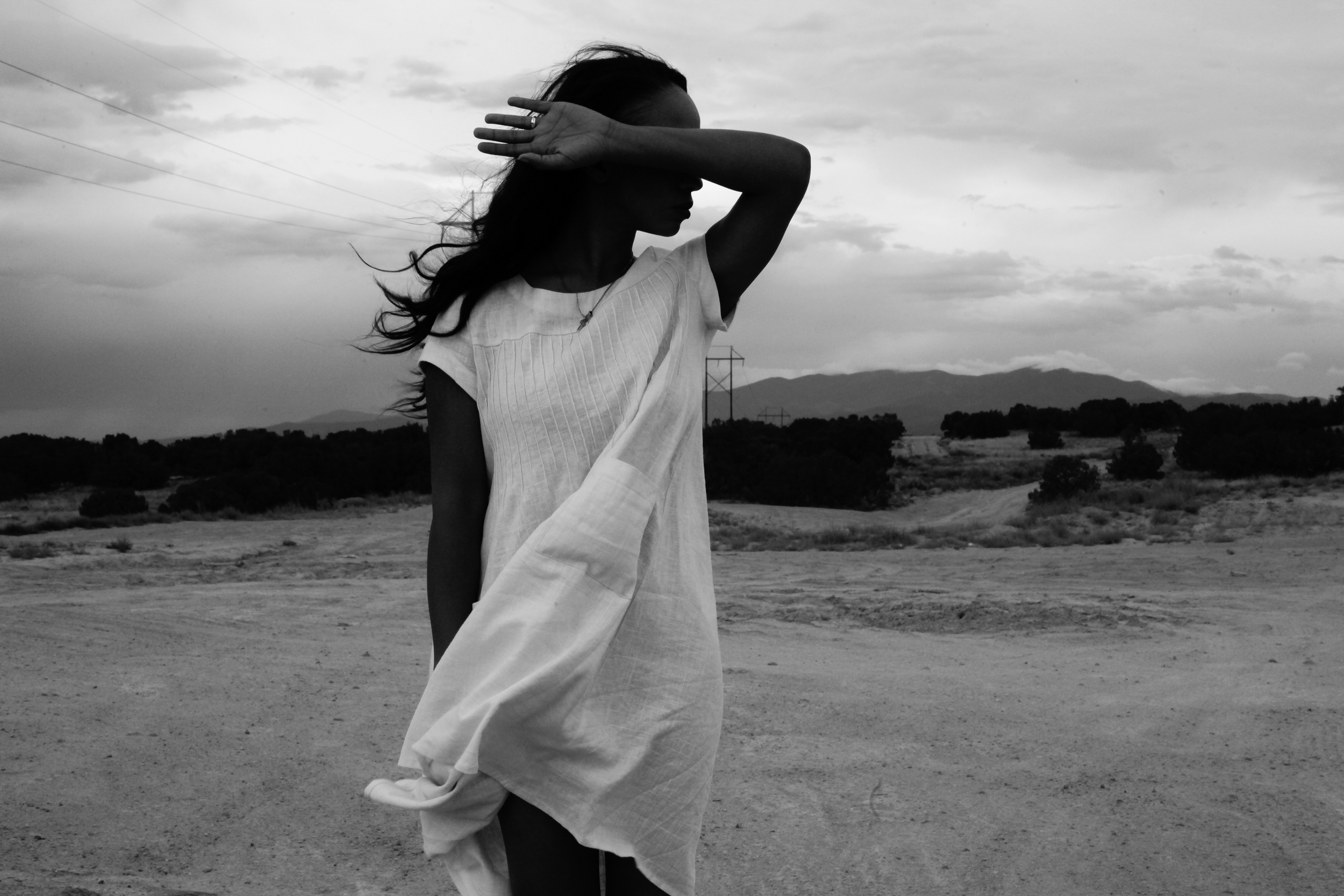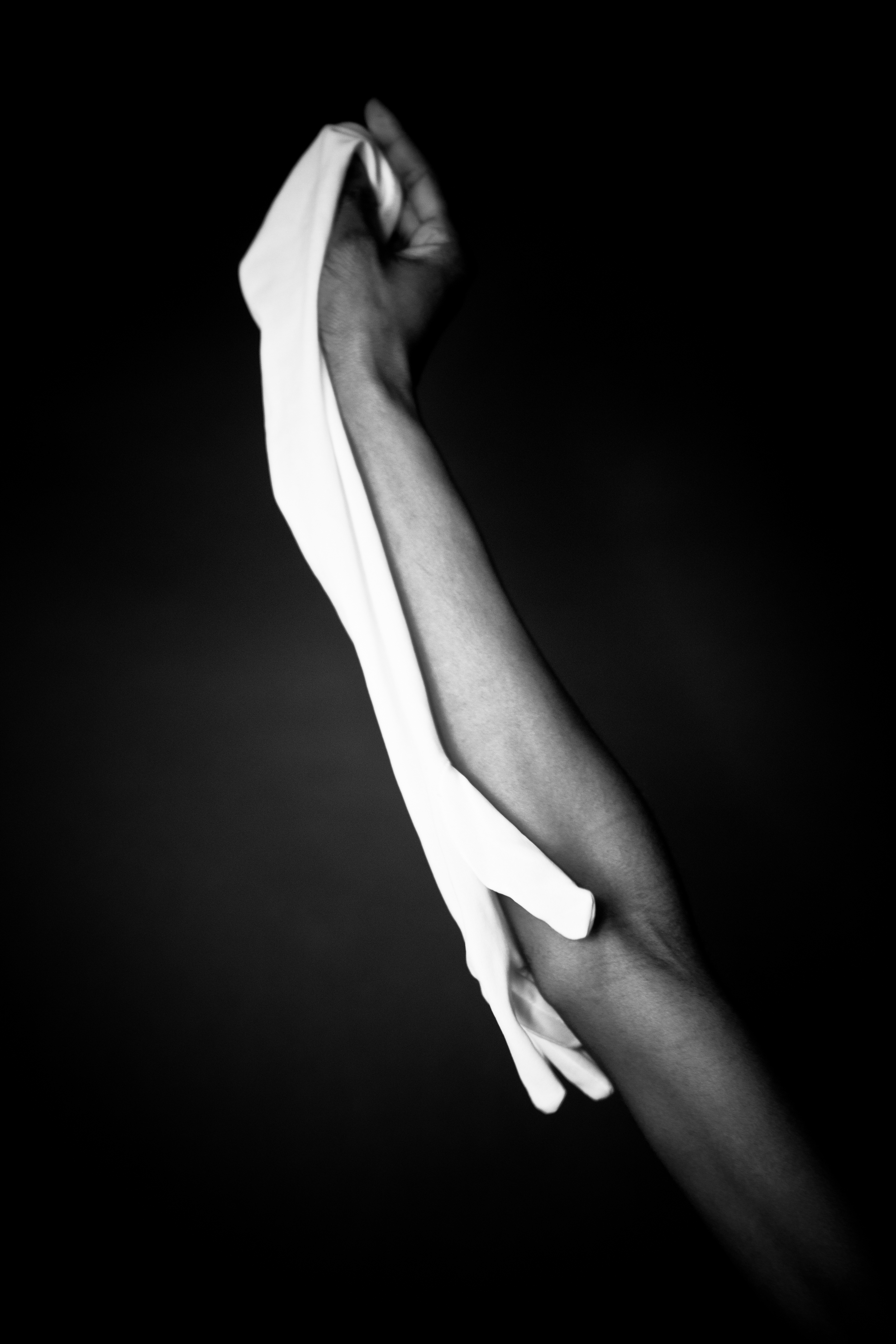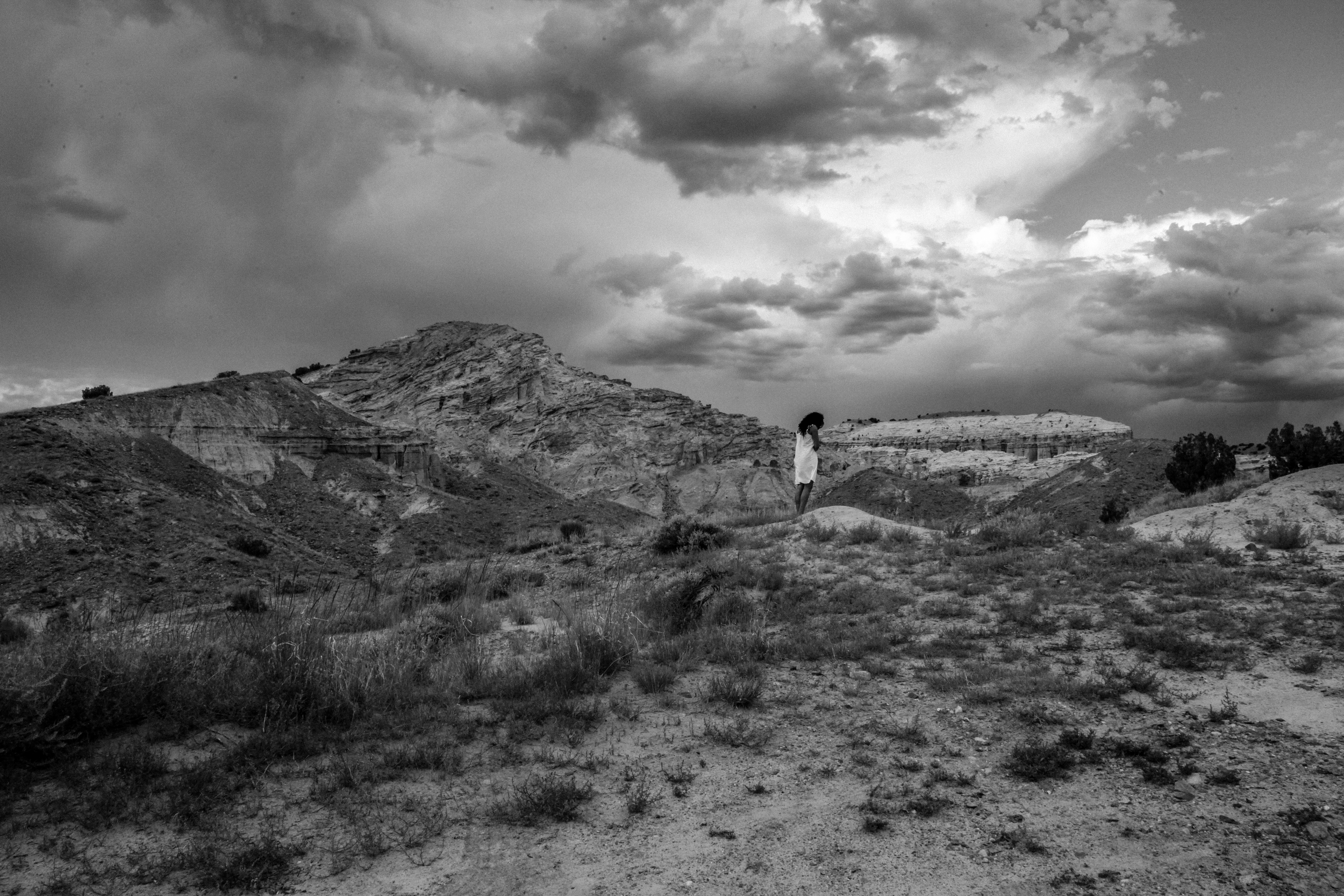Q&A: Rachel Eliza Griffiths
By Zora J Murff | Published November 5th, 2015
Rachel Eliza Griffiths is a poet and visual artist. She is the author of Miracle Arrhythmia, The Requited Distance, and Mule & Pear, which was selected for the 2012 Inaugural Poetry Award by the Black Caucus of the American Library Association. Griffiths' most recent book, Lighting the Shadow was published this year by Four Way Books. The recipient of numerous fellowships, Griffiths' literary and visual work has appeared widely including The New York Times, Writer's Chronicle, American Poetry Review, American Poet, Transition, Callaloo, Guernica, and many others. She recently completed her first extensive video project, P.O.P (Poets On Poetry), an intimate series of micro-interviews, which gathers over 100 contemporary poets in conversation, and is featured online at the Academy of American Poets. Currently, Griffiths teaches creative writing at Sarah Lawrence College and the Institute of American Indian Arts. She lives in Brooklyn, New York. This week, Rachel Eliza and I discuss her photography and poetry, the intersection between language and image, and voyeurism of the black female body.
Rachel Eliza will be giving a reading of her poetry as a part of First Person Plural at Shrine in Harlem, New York on November 10th. For more information, please click here.
Zora J Murff: How did you come to be a photographer and a poet?
Rachel Eliza Griffiths: I've been a poet since I was a small child. After graduate school, I moved to New York and had no space, physically or emotionally, for my painting life. I was crawling away from an intense mental breakdown into more chaos. I was often in a continuous struggle with the pace and rhythms of the city. The camera became my witness and my mirror. The more I photographed the city and looked at the world, the more I could come back to myself. Writing was always a part of my identity. I love Robert Frank's words: "When people look at my pictures, I want them to feel the way they do when they want to read a line of a poem twice."
ZJM: I'm glad that you mentioned Frank. I feel his photography from The Americans has a lyrical quality that comes from being influenced by Beat culture and poetry. Can you tell me about your poetry and photography, and the nature of the relationship between the two?
REG: I would describe my poetry as mostly elegiac, lyrical, and concerned with desire, memory, women's lives, creating faith, and the inestimable maps of self we are constantly dissecting and revising. My photography is concerned with numerous landscapes, but mostly focus on lyrical, surreal portraits and bodies, specifically self-portraiture and portraits of women of color in relationship to narratives, literature, art, desire, violence, and history.
Sometimes a thought or concept seeds itself within imagery or the other way around where the seed opens in language first. I often focus on writing in order to generate a series or sequence of visual dialogues. I might begin with an image and then attempt to write towards or against it. When these forms intersect I hope an audience is able to enter a frame or sentence to generate questions and material for themselves in a number of spaces, which may be a public or very private conversation.
ZJM: Do you feel that one (writing or photography) is more powerful than the other?
REG: In my work, I rarely privilege one form over the other because I believe, in my current work, that their roles overlap and that usually both are made more powerful by the presence (offstage or implicitly) by the other. Not all writing should be accompanied by literal images because, say, the imagery is happening on the sentence level. And it goes vice versa. In an image itself, there may be a narrative or fragment or conversation that engages language.
ZJM: Your images, for me, invoke ideas about the conventions of gaze upon the black female body. Do you feel that your images serve as an interruption to this convention?
REG: Kahlo once said, "I paint myself because I am so often alone and because I am the subject I know best." I photograph the black body because I know it and at the same time I know it from the practice of the directed, reductive gaze that seeks to control and to erase its humanity. I definitely think that my images can be viewed as interruptions to the convention of the viewer's gaze but they are doing something else far more deeply, which is private for me and perhaps, other bodies of color. The more I interrupt and subvert the stereomythographies about black women's bodies, the more freed and open I become to discover, embody, engage, and liberate my own language and imagination in terms of identity. And through that intense concentrate I know it opens up a greater context beyond me.
All images © Rachel Eliza Griffiths





